Buddy The Declawed Cat

The cat’s paws were scarred deeply in the back, with declawed stumps in the front. Affectionately known as “Buddy”, the cat pees outside the litter box, and is a powerful biter. It’s obvious why his owners threw him out of the house. How he survived outdoors was truly a miracle.
How Dr Andy Roark Played The Victim Instead of Helping The Welfare of Cats
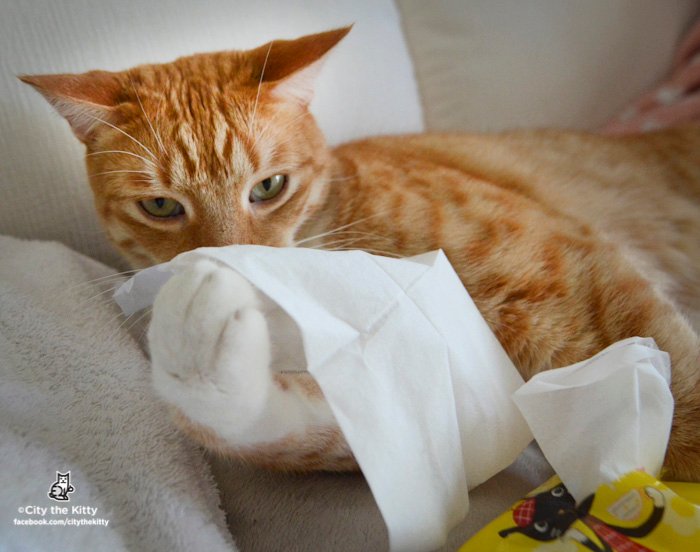
In one sentence he said he was, “impressed by my passion and dedication”, and that I’m someone who is working hard to help pets and do good in the world. He said that he hopes I see similar characteristics in him.
And in the next sentence he said he didn’t feel inspired but he felt attacked.
Hmmmm. How did I attack him?
I simply asked some questions in a private email as to why so many employees at his practice that is a AAHA, AAFP Cat Friendly hospital were saying that they are a high volume declawing practice and that cat owners could book a declaw surgery with him personally.
My Veterinarian Accidentally Declawed My Cat

He was a fun and spunky kitten. At seven months old, I was able to get a voucher for a reduced cost neuter. I took him to the vet to have the procedure done. They let me know that I could pick him up at the end of the day. I had a sense of dread all day and when I didn’t hear from them, I called to make sure I could come pick him up. They informed me that he had his first procedure and was doing well and his neuter was scheduled for later. I was confused and asked what she was talking about.
When she said his front paws were declawed, I lost it. I was so angry and upset that I don’t remember what I said. That anger grew when she said “Sorry. We mistook him for another cat.”
A True Advocate For All Animals
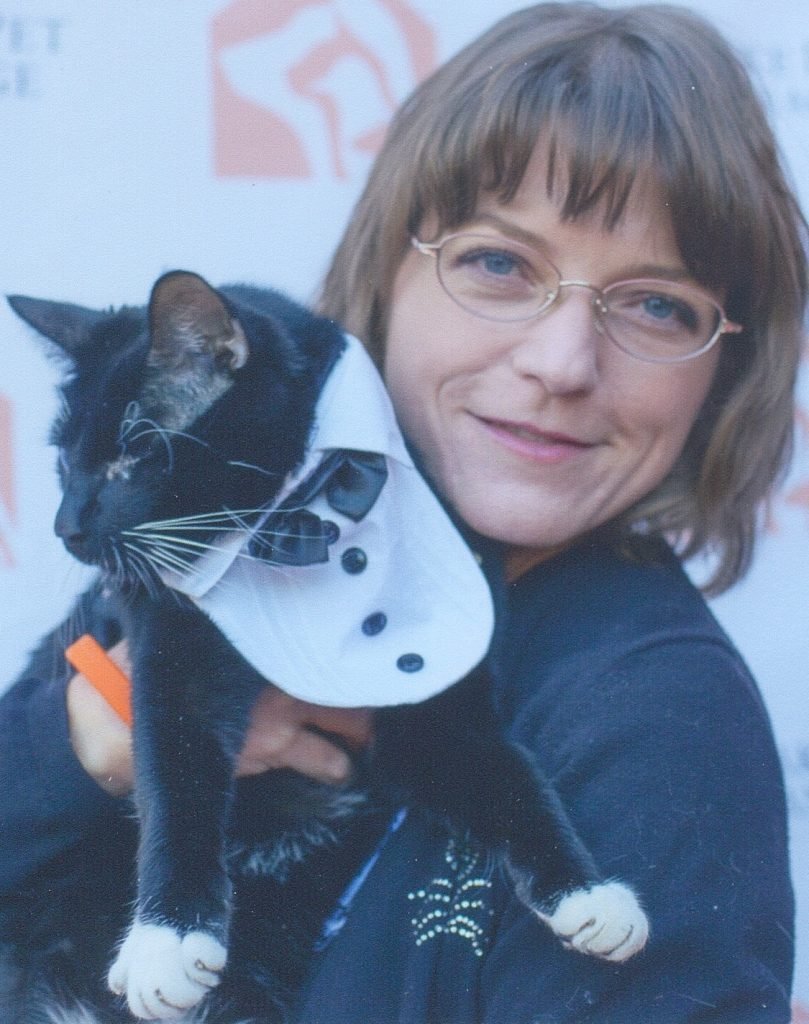
I have been a veterinarian for 20 years, 16 of which have been in 100% feline practice, and I have never had anyone threaten to euthanize or relinquish their cat because of clawing behavior. The behavior problems that I have seen result in euthanasia or abandonment are inappropriate elimination and biting, which I see far more often in declawed than clawed cats.
I have always been adamantly opposed to declawing and have found that if I simply tell people that it requires amputating the last bone on every toe, the vast majority of clients do not want to do it. Most people really do love their cats, and they don’t want to hurt them, but they haven’t been informed about the procedure.
I always counsel people about having appropriate scratching posts, trimming nails, and using Soft Paws. It does require some effort, but so do most things worth having in life.
Beware, the Banality of Evil
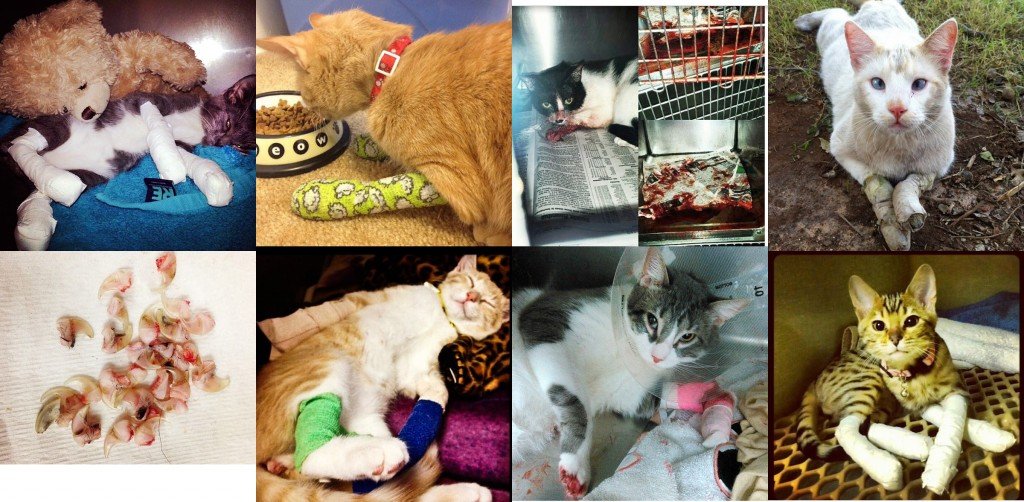
Beware, the banality of evil.
Some old time vets will hang on to the past, using antiquated techniques and medications, because that’s what “they were taught.” They don’t question what is “normal.” Other vets are more innovative and want veterinary medicine to be as progressive as human medicine. State of the art medicine and diagnostics can really help save lives. These vets are willing to learn new, life-saving techniques and medications and therefore eschew the old, the less effective or inhumane.
Purina & Declawing Veterinarians – A Mutually Beneficial Relationship
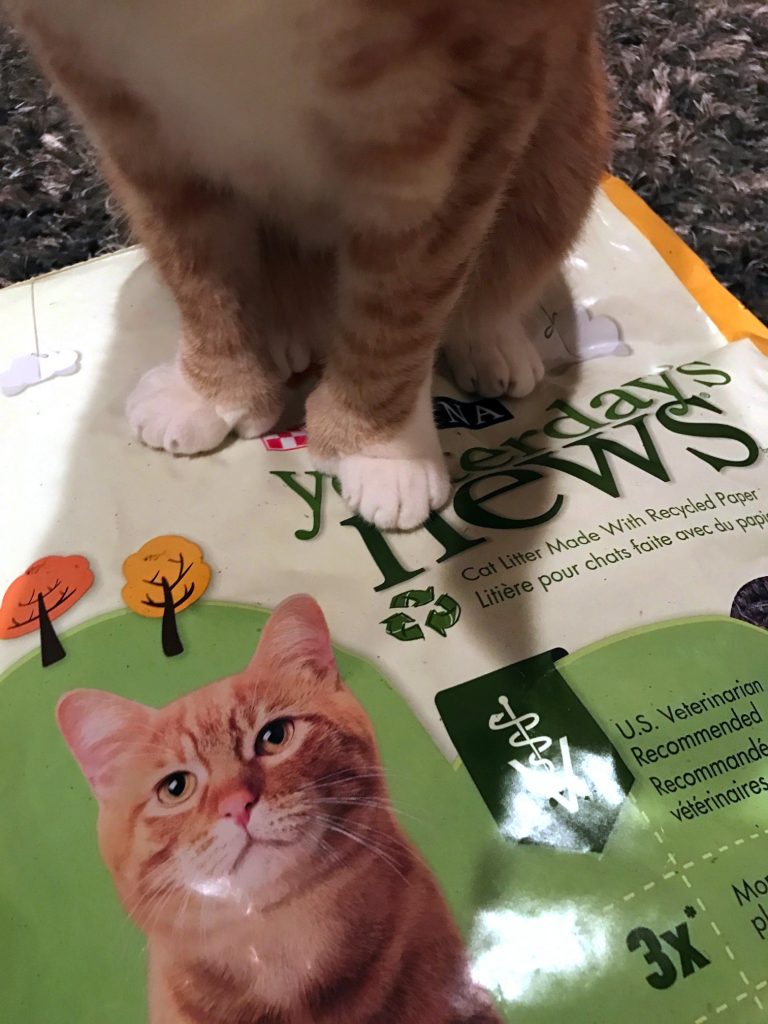
Here are examples of how pro-declaw vets and Purina have a mutually beneficial relationship and how they are profiting from this very inhumane and cruel procedure.
When you know better, you do better
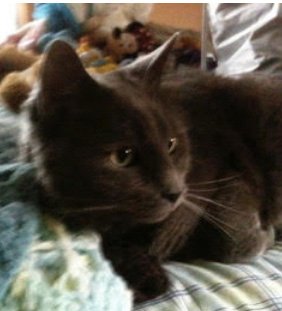
My family became educated on declawing and we made the relationship between the kitties work without having to declaw another cat.
Dixie, The 4 Paw Declawed Cat That Was Saved From Being Euthanized

Here is an update about Dixie the kitty who was relinquished by her owners to Tails Humane Society because of behavioral issues from her four paw declaw and was to be euthanized yesterday. Good news!!! She has a second chance in life!
Tails Humane Society said that Dixie is not going to be euthanized! She has to recover from a bad upper respiratory infection and needs dental work before she can be taken out of this shelter.
There are two rescues who want to get her out of the shelter and into a good home.
Amputating 10 Cat Toes Is No More Painful Than A Neuter – NJVMA SpokesVet
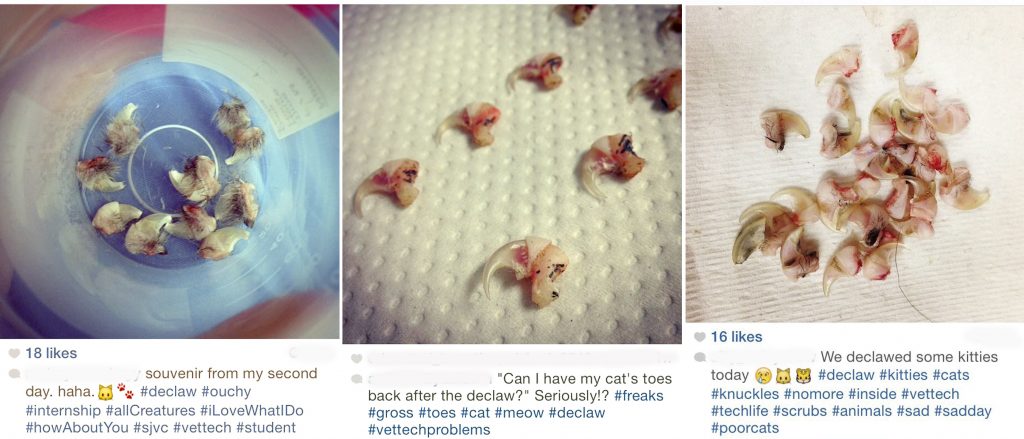
When cats start walking on their balls then we will start believing the NJVMA’s spokesvet Dr Yurkus and his animal hospital that declawing isn’t more painful than neutering.
Meanwhile, the American Association of Feline Practitioners’ policy on declawing states:
“Physically, regardless of the method used, onychectomy causes a higher level of pain than spays and neuters. Patients may experience both adaptive and maladaptive pain; in addition to inflammatory pain, there is the potential to develop long-term neuropathic or central pain if the pain is inadequately managed during the perioperative and healing periods.” [AAFP Policy Statement on Declawing, 2007.]
How The NJVMA’s Past President Lied To New Jersey Legislators in His 2016 Testimony About Declawing

February 2023 Update. Dr Michael Yurkus, 2017-18 President of the New Jersey Veterinary Medical Association, is still declawing cats according to an employee at his hospital, Middletown Animal Hospital. An employee at this hospital said that declawing is a very painful elective procedure like if a human is getting plastic surgery. Researcher asked if it […]
